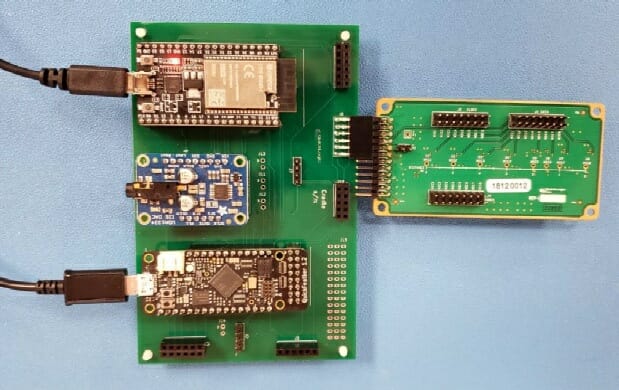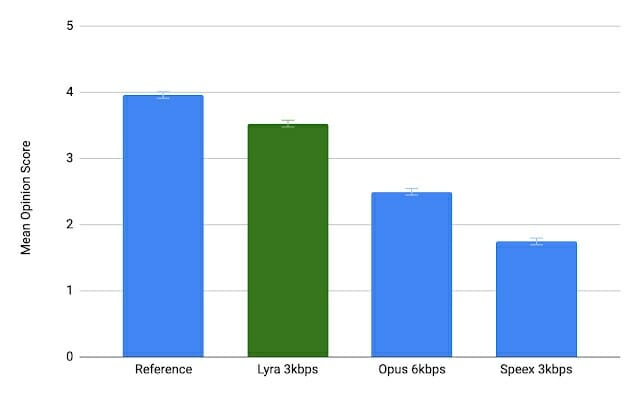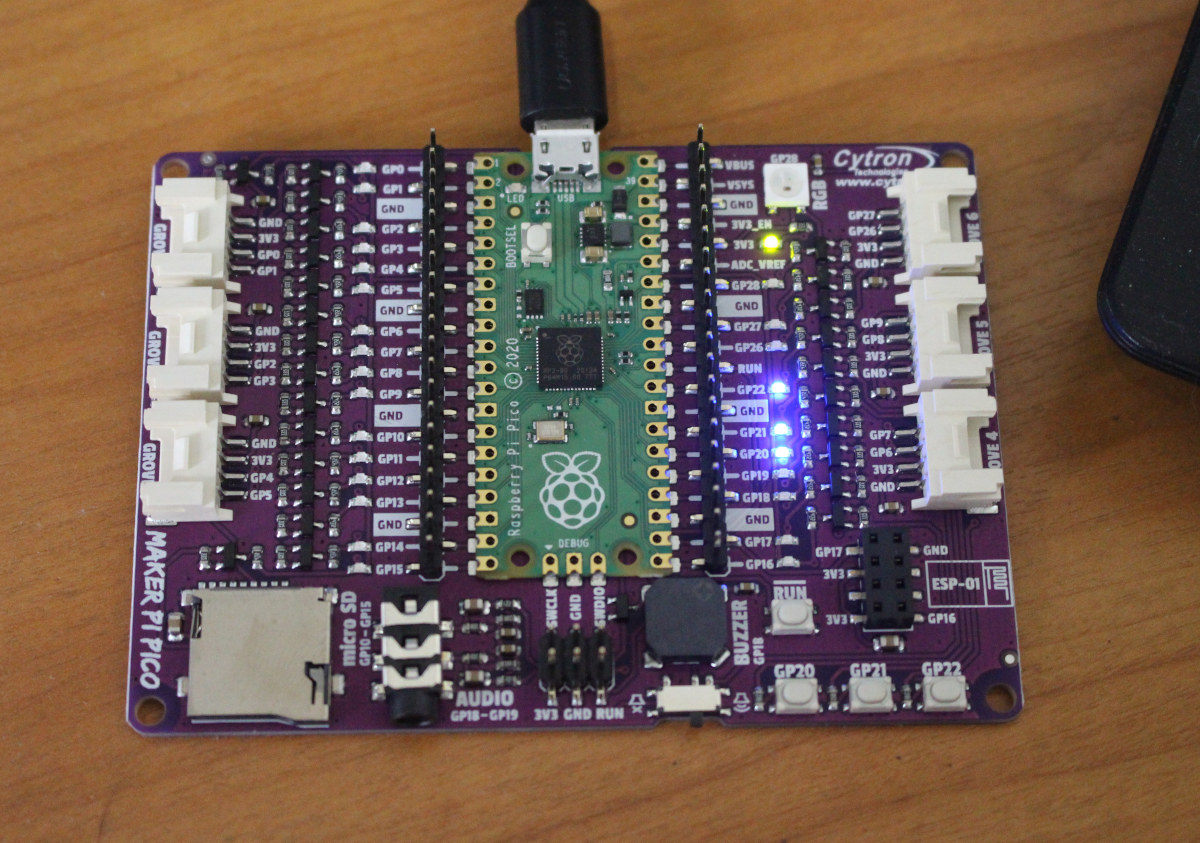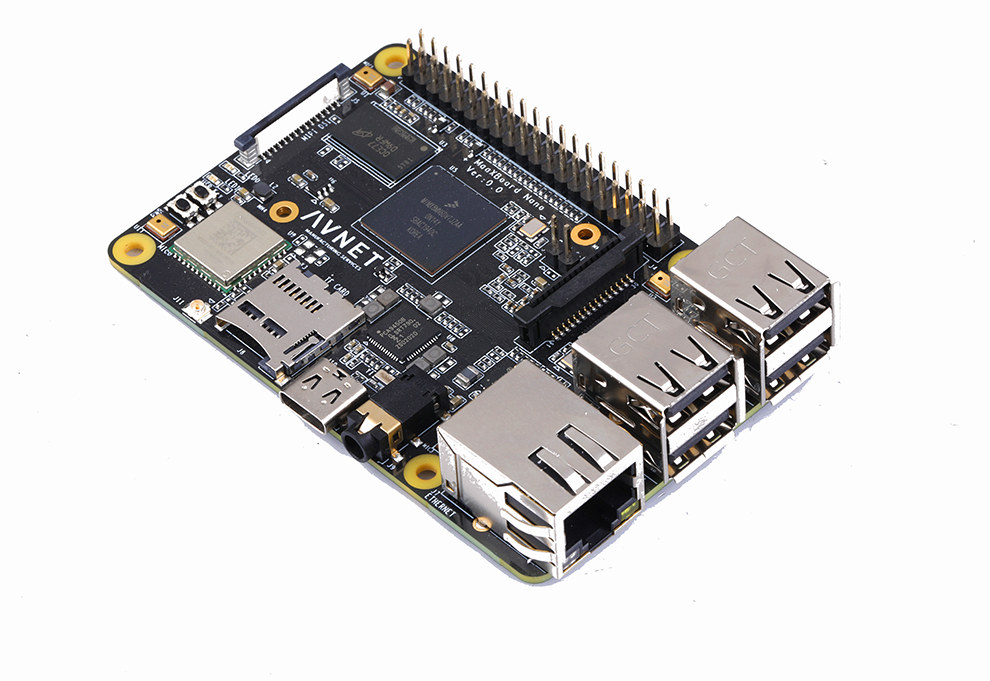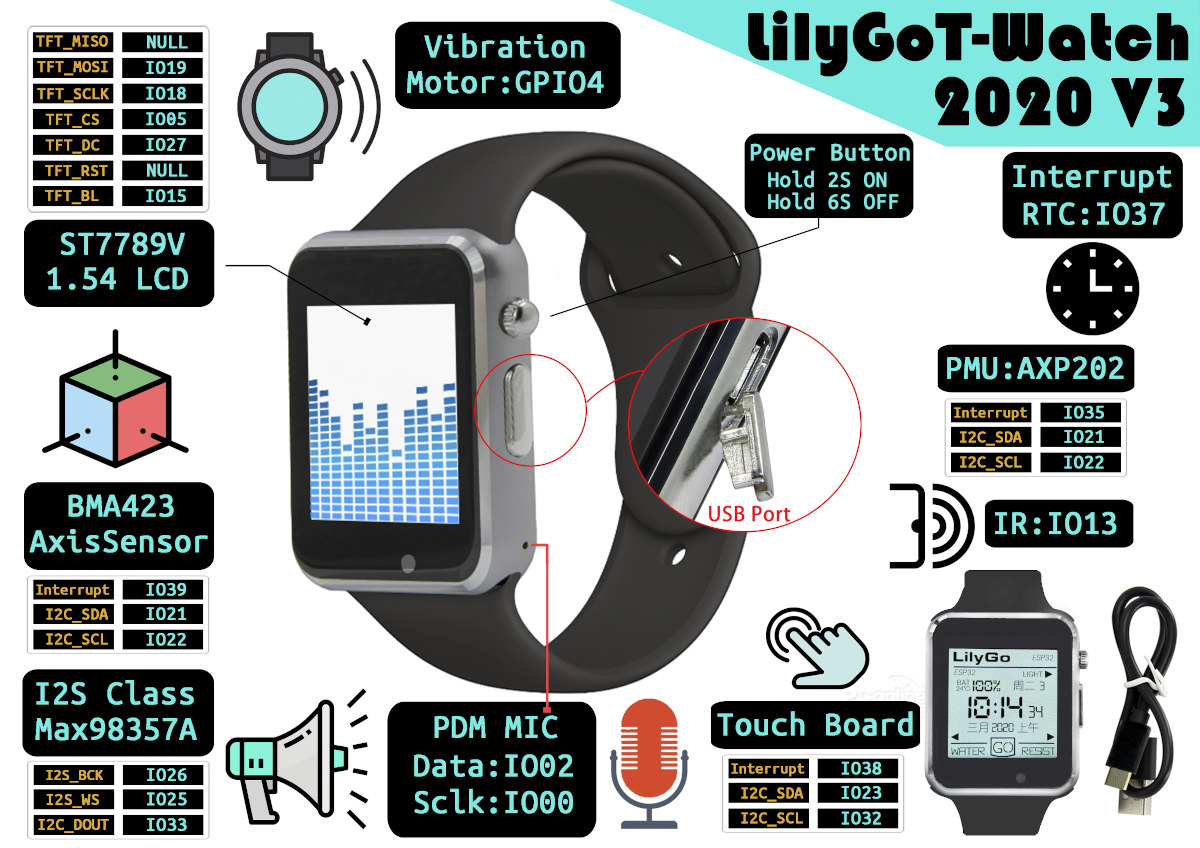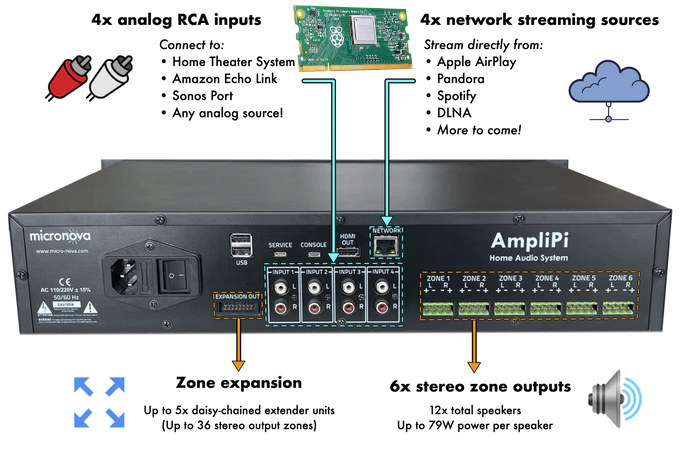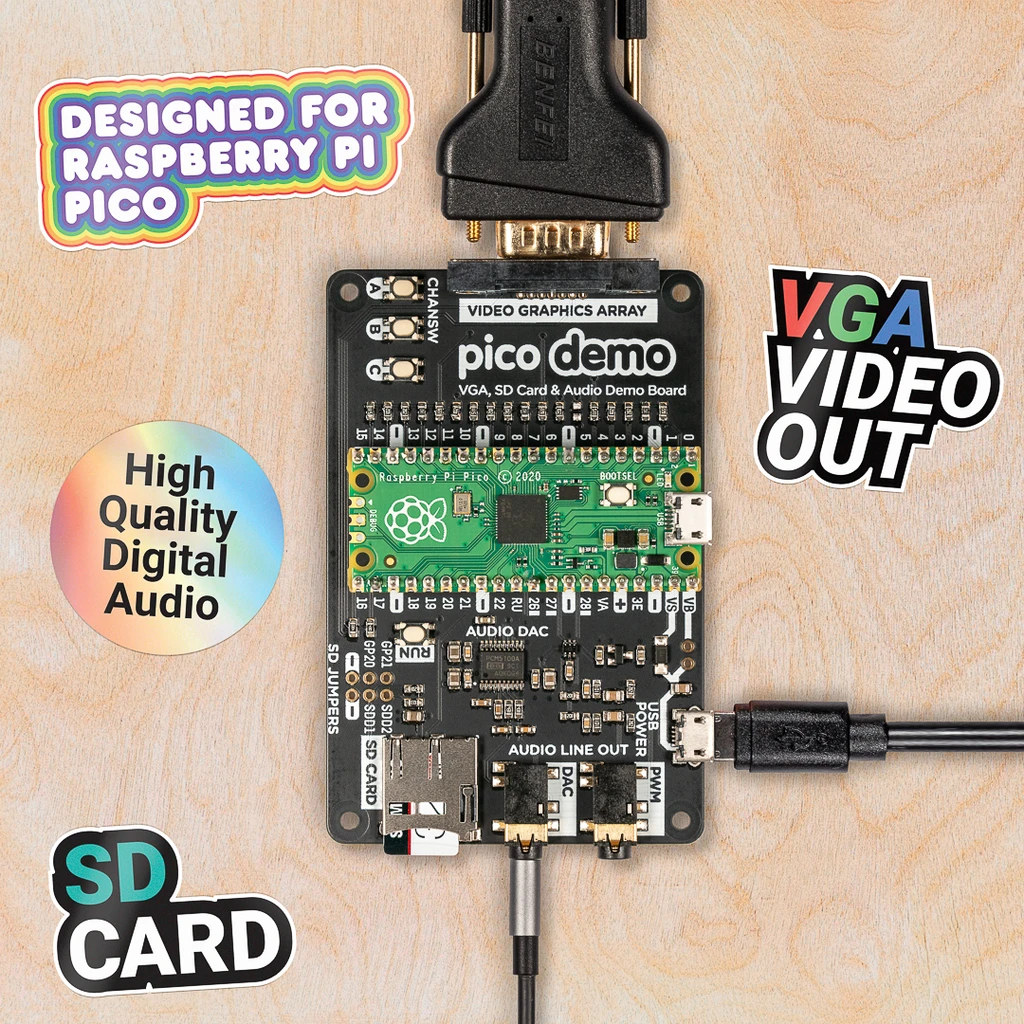Last year we saw QuickFeather board featuring EOS S3 Cortex-M4F MCU with embedded FPGA, which was a crowdfunding project. This year the company has launched its smart hearable reference design based on a similar processor by QuickLogic. The device is dedicated to “Voice-Initiated, Hands-Free, Alexa Built-In Devices with Close-Talk Support.” QuickLogic’s smart hearable reference design is based on the company’s Open Reconfigurable Computing (QORC) which supports a complete open-source set of development options for the MCU and FPGA devices. It is also built on the EOS S3 Voice Processor and the QuickFeather open source development kit. This can enhance the user experience with a longer battery life of the device. The EOS S3 Arm Cortex- M4 processor features Low Power Sound Detection (LPSD) technology along with DSP Concepts’ TalkTo noise suppression and beamforming technology for the directional transmission of signals. It also comes with Alexa Wake Word engine technology, an […]
Lyra audio codec enables high-quality voice calls at 3 kbps bitrate
We’re often writing about new video codecs like AV1 or H.266, and recently, we covered AVIF picture format that offers an improved quality/compression ratio against WebP and JPEG, but there’s also work done on audio codecs. Notably, we noted Opus 1.2 offered decent speech quality with a bitrate as low as 12 kbps when it was outed in 2017, the release of Opus 1.3 in 2019 improved the codec further with high-quality speech possible at just 9 kbps. But Google AI recently unveiled Lyra very low-bitrate codec for speech compression that achieves high speech quality with a bitrate as low as 3kbps. Before we go into the details of Lyra codec, Google compared a reference audio file encoded with Lyra at 3 kbps, Opus at 6 kbps (the minimum bitrate for Opus), and Speex at 3 kbps, and users reported Lyra to sound the best, and close to the original. […]
Maker Pi Pico STEM board mini review with CircuitPython
In my early list of third-party Raspberry Pi RP2040 boards, I shortly mentioned Cytron Maker Pi Pico baseboard for Raspberry Pi Pico that exposes all pins via female headers, includes LEDs for all GPIOs pin, six Grove connectors, three user push-buttons, one RGB LED, a piezo buzzer, an audio jack, a MicroSD card, and an ESP-01 socket to add WiFi connectivity. The beta version sold for $5, and at the time I missed that included Raspberry Pi Pico board as well, so basically you got a free baseboard. The Malaysian company has now sent me a review sample to play around with, so let’s have a closer at the hardware and code samples for the board. Maker Pi Pico Unboxing and Specifications I received the board in Cytron package together with a pinout diagram for Raspberry Pi Pico, and we can see the latter is already soldered to Maker Pi […]
MaaXBoard Nano SBC targets audio and edge IoT with NXP i.MX 8M Nano SoC
Avnet has launched several Raspberry Pi-inspired MaaXBoard SBCs based on NXP i.MX processors through their Embest subsidiary starting in 2019 with MaaXBoard single board computer powered by an NXP i.MX 8M processor, and following by MaaxBoard Mini with NXP i.NX 8M Mini SoC in 2020. The latest model is MaaXBoard Nano SBC with an NXP i.MX 8M Nano quad-core Cortex-A53 processor best suited to audio and edge IoT applications. MaaxBoard Nano SBC specifications: SoC – NXP i.MX 8M Nano quad-core Arm Arm Cortex-A53 processor @ up to 1.5GHz with Cortex-M7F core @ 750MHz, 2D GPU, 3D GPU, but no video hardware decoding. System Memory -1GB DDR4 SDRAM Storage – 16GB eMMC flash, 256 Mbit QSPI Flash, MicroSD Slot Display Interface – MIPI DSI display Interface Audio – 3.5mm audio jack, 4x built-in microphones Camera I/F – MIPI CSI Camera Interface Networking – Gigabit Ethernet, 802.11 b/g/n/ac WiFi 5, Bluetooth 4.2/5 […]
TTGO T-Watch-2020 V3 ESP32 watch adds microphone for voice control
Lilygo TTGO T-Watch-2020 is a thin, ESP32 smartwatch programmable with Arduino that was introduced last year. The WiFi and Bluetooth-connected watch is equipped with a 1.54-inch LCD capacitive touch screen, a Class-D amplifier, buzzer, accelerometer, RTC, and a battery. The watch is one of the top-selling devices on Lilygo’s Aliexpress store, and they must have had requirements for voice control, so the company has now launched TTGO T-Watch-2020 V3 based on the same design but adding a PDM microphone. As far as I can TTGO T-Watch-2020 V3 specifications are the same as last year’s model, except for the microphone: SoC – Espressif ESP32 dual-core wireless processor with 520KB SRAM System Memory – 8MB PSRAM Storage – 16MB QSPI flash Display – 1.54-inch LCD capacitive touch screen Audio – Max98357 Class-D amplifier, buzzer/speaker, PDM microphone Connectivity – 802.11b/g/n WiFi 4 and Bluetooth 4.x/5.1 via ESP32 Sensors – BMA423 three-axis accelerometer with […]
AmpliPi – A Raspberry Pi-based whole house audio amplifier (Crowdfunding)
Micro Nova has put together an open-source, whole-house audio amplifier called AmpliPi based on Raspberry Pi Compute Module 3+. It is capable of streaming four independent sources to 6 stereo output zones, expandable to up to 36 stereo output zones through daisy-chained extender units. AmpliPi specifically supports inputs from four networking streaming sources including AirPlay, Pandora, Spotify, and DLNA, as well as four analog RCA inputs for your media appliances. AmpliPi key components and features: Controller Board Carrier board fitted with Raspberry Pi Compute Module 3+ and PCM5102A & CM6206 audio DACs. It also communicates over I2C with the STM32 MCU on the Preamp board (see below) to control the muxing and amplification systems. Interfaces 10/100M Ethernet port HDMI 1.4 output 2x USB 2.0 ports, plus one internal USB port Service and console ports for maintenance and/or debugging. Preamp Board Board equipped with a 6×4 audio matrix switching system and […]
Open hardware Raspberry Pi Pico VGA, SD Card, and Audio demo board to support QVGA video playback
Abhishek recently posted an overview of Raspberry Pi RP2040’s two PIO blocks with examples in C and Micropython using some PIO assembler code. He used some basic examples like blinking an LED, but the Raspberry Pi Foundation also mentioned the programmable IO could be used to drive a VGA display, read and write data from a MicroSD card at reasonable speeds, and so on. However, the Raspberry Pi Pico does not have any of those interfaces, and it would be nice to have a board that does. It turns out there’s such a board in “Chapter 3. The VGA, SD Card & Audio Demo board for Raspberry Pi Pico” of “Hardware Design with RP2040.pdf” document. It will be sold as the “Pimoroni Pico VGA Demo Base” board for 19.50 GBP inc. VAT (about $22 US ex. VAT), but since the KiCad hardware files are open-source, I’d assume other companies may […]
FOSDEM 2021 Online February 6-7 – Hardware, Embedded & IoT talks
FOSDEM is an open-source developer event that takes place on the first week-end of February every year in Brussels, Belgium. Every year except this year, as due to COVID-19 restrictions, FOSDEM 2021 will take place online like most events these days. The schedule has been up for some time, and today I’ll look at some of the interesting talks mostly from the Embedded, Mobile and Automotive “virtual devroom” but also other tracks. Saturday, February 6, 2021 13:00 – 14:00 – From Reset Vector to Kernel – Navigating the ARM Matryoshka Long gone are the times of executing the OS in-place from memory-mapped flash upon reset. A modern SoC now comes with complex mask ROM firmware, with driver, filesystem, protocol and crypto support for loading… yet another bootloader. In his talk, Ahmad follows this chain of bootloaders until the kernel is started, stopping along the way for RAM setup, peripherial initialization, […]


